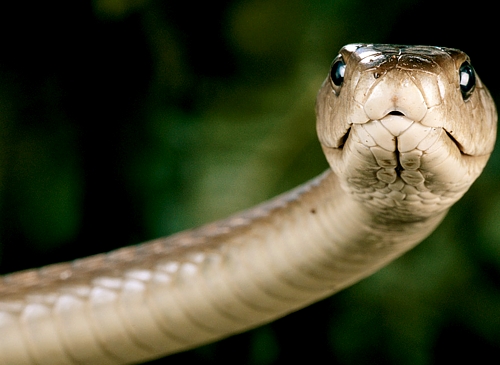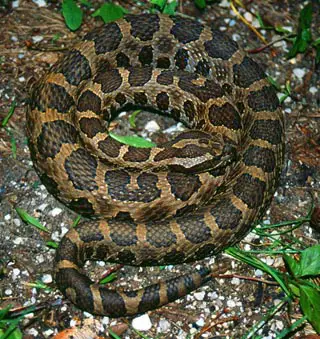Galapagos Tortoise
The Galapagos Tortoise is the largest living tortoise, with it’s natural habitat being the Galapagos archipelago. There are 14 subspecies for these turtles, 11 of which still exist, some of them near extinction, but with the help of zoos, their numbers are successfully being increased.
The Galapagos Tortoise is a massive, 300 kilograms heavy and 1.2 meters long turtle, that lives a very lazy life in grassy areas. They spend 7-9 of the day slowly moving around, looking for grass, herbs and fruit and other vegetation to feed on. They constantly take breaks to rest and after grazing for one third of a day,they spend the night submerged in mud or water, helping them conserve body warmth and probably protect against mosquitoes and other parasites.
These turtles are solitary creatures and they don’t seem to mind anything but themselves – they pay no attention to nearby creatures or even humans. Mating occurs on irregular basis, although it is more common between January and August. The female then travels long distances to find sandy ground for nesting (often near the coast) and dig a hole to nest in. The eggs are left to incubate there for 130-150 days. The hatchlings must dig themselves up to the surface, where they are a often hunted by birds.
The Galapagos Tortoise certainly seems to take it’s time on everything, even growing – sexual maturity is reached at 20-25 years and they reach their full size only at the age of 40. The oldest living Galapagos Tortoise lived to the age of 154, and it is common for them to reach the age of 120.
These tortoises seem to be the living definition of “calm” as they don’t actually seem to worry about anything. Birds often use them as vantage points for looking around. An interesting relationship is observed between the Galapagos Tortoise and Darwin’s Finch, which is a bird, also native to the Galapagos Archipelago. The bird stands in front of the tortoise, drawing attention and then the tortoise stretches out it’s legs and head, after which the Darwin’s Finch picks off ticks, inaccessible by the turtles themselves.
Nowadays, the Galapagos Tortoise is a protected species and it is prohibited to hunt them or move them or their eggs from the Galapagos islands. IUCN classifies them as “Vulnerable”. Their numbers were thinned by pirates in the seventeenth century, when the tortoises were widely used as food by the pirates that sometimes went to these islands. Now, however, the conservation of the Galapagos Tortoise seems steady.
These giant creatures surely seem to be living a relaxed life, with no natural threats apart from birds, that prey upon the hatchlings. Their incredibly long life seems dull, but there have been no reports of the Galapagos Tortoises complaining about boredom, so we can only assume they’re having the time of their lives!




